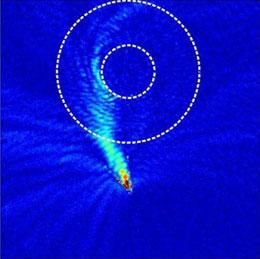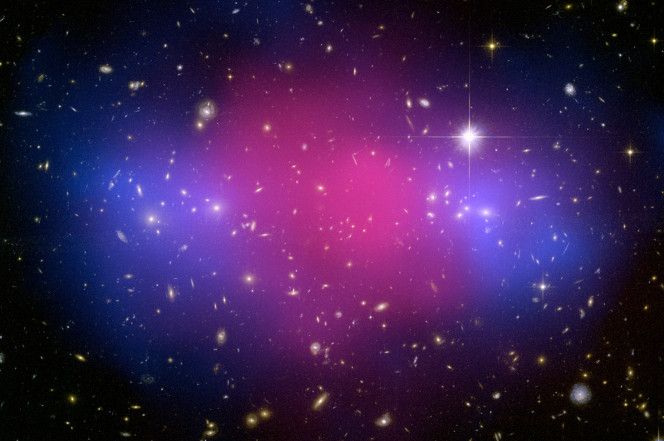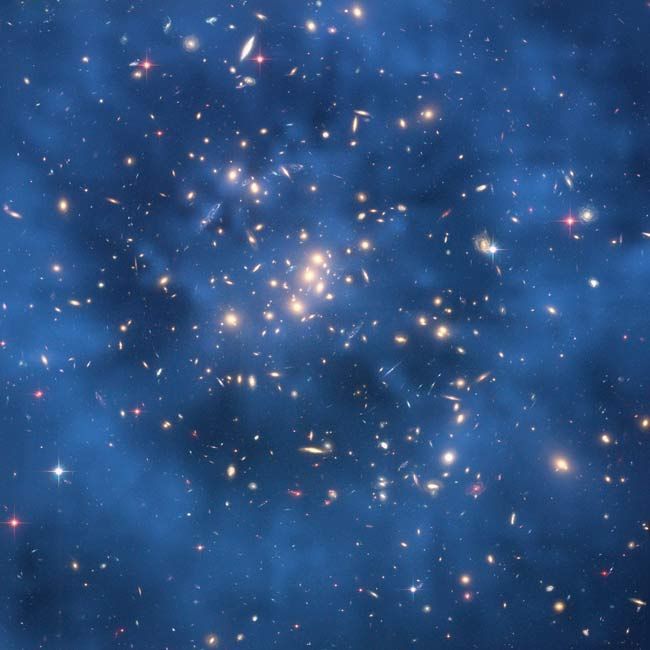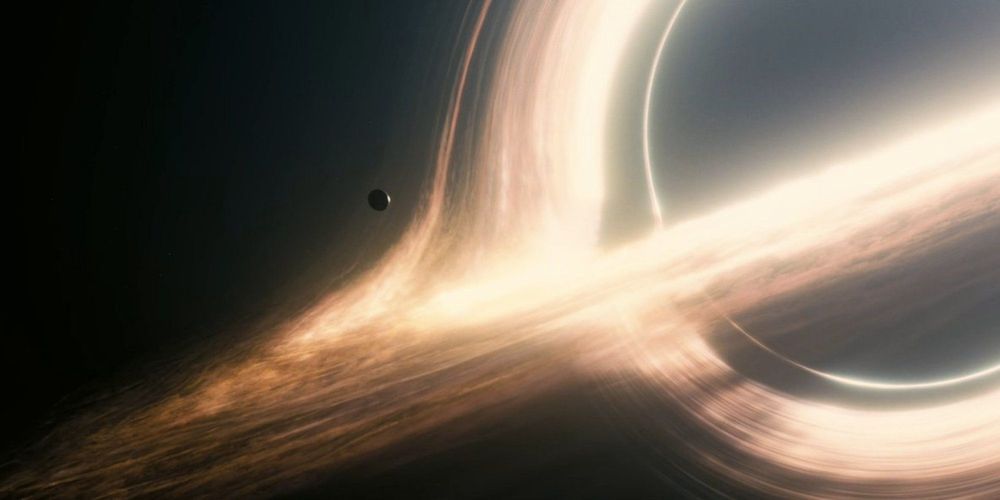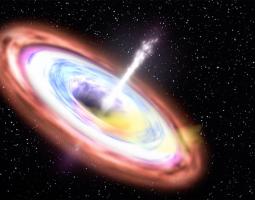A type V II or K7 civilization would travel, transcend and ultimately oversee or ‘’be’’ the Omniverse which is the collection of every single universe, multiverse, megaverse, paraverse, dimension (alternate or pocket) and realm. Everything is in the Omniverse, and there is only one Omniverse.
It is likely that such power would come from an individual rather than a civilization, as the civilization would have transcended and merged into a single mind that would encompass all thoughts and all timelines, thus being omnipotent, omnipresent, and omniscient. This is the Creator: a god above all gods, responsible for all of existence, past and future.
Retrieved from “https://kardashev.fandom.com/wiki/Type_VII?oldid=787”.

